SHORT FILM REVIEW
‘Section 16’ and violence against women journalists
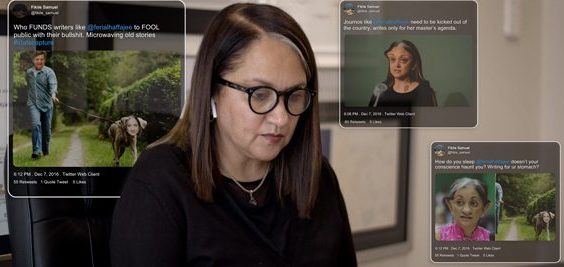
Violence against women journalists is often sexualised – focusing on the physical features of the journalists and their ethnicity and cultural background.
Witch. Cunt. Indian whore. Satan. White monopoly capitalist. Bitch. These are some of the words used to describe our women journalists in recent times. Their crime? Doing their job.
Then there are the violent threats.
“Step aside or we will crush your prolapsed vagina.” “My wish is to see their pink skin peeled off their skin, I wish for smoke ash of their pink bodies lying on the ground.”
“We have eyes everywhere.” “That same guns the cops sold are going to be used on your head, at work, or your house or, at your mom’s house, and your dog.”
Section 16, a documentary directed by Emilie Gambade and Malibongwe Tyilo, puts a spotlight on violence against women journalists. The documentary derives its name from Section 16 in Chapter 2 of the Constitution, which enshrines the right to freedom of expression, including the freedom of the press. Section 16 shows how these rights are consistently violated in gendered ways with little to no accountability, constituting one of the many manifestations of gender-based violence in our society.
The documentary is a deep dive into the harassment faced by four journalists – Pauli van Wyk, Ferial Haffajee, Caryn Dolley and Marianne Thamm. The harassment of women journalists usually aims to intimidate and instil fear over a sustained period. A joint report by the United Nations Education Scientific and Cultural Organisation (Unesco) and the International Centre for Journalists (ICJ) showed that women journalists face both online and offline harassment and that attacks can range from violence, hate speech and trolling to rape, assault and even murder. The harassment is often highly sexualised, focusing on the physical features of the journalists, their ethnicity and cultural background, rather than the content of their work. Harassment and threats are indelibly woven into the lived realities of women journalists – peaking and ebbing at various points.
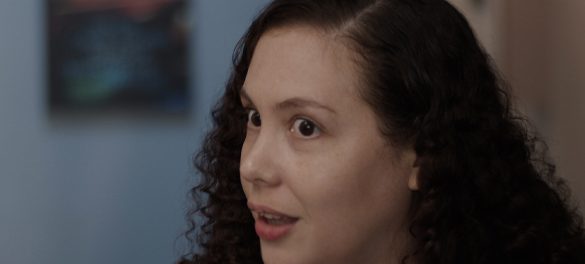
Still of Caryn Dolley in ‘Section 16’. Image: Daily Maverick
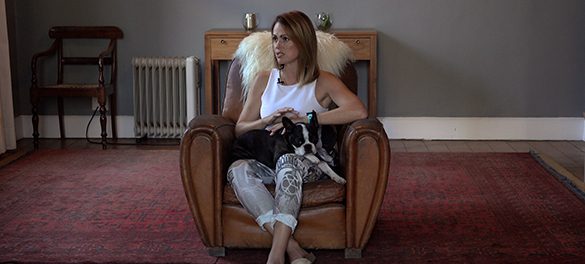
Still of Pauli van Wyk in ‘Section 16’. Image: Daily Maverick
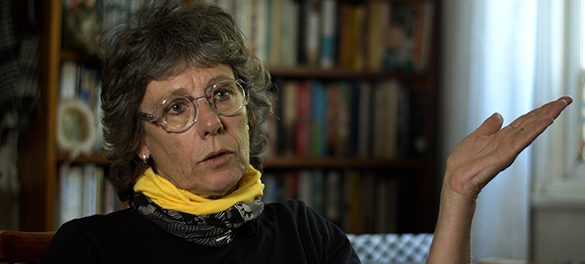
Still of Marianne Thamm in ‘Section 16’. Image: Daily Maverick
Section 16 is eye-opening in that it brings to life the findings of the Unesco and ICJ study by sharing some of the experiences of the journalists who feature in it. In her usual cutting-edge writing style, Thamm wrote for Daily Maverick about “the dangerous contestation for power in the key Crime Intelligence division of the SAPS”. Soon, her home was burgled and her laptop stolen. About the burglary she says: “I cannot beyond any reasonable doubt claim that it was Crime Intelligence’s operation, but please forgive me for feeling it cannot be coincidental that the day after an alleged “information note” by an anonymous writer to the acting Divisional Commissioner of Crime Intelligence, Yolisa Mokgabudi, and head of Counter Intelligence Major-General Feroz Khan, suggesting that Daily Maverick and I were in possession of classified material, someone forcibly enters my home and steals my work computer.”
Dolley is a journalist at the forefront of exposing corruption in the South African Police Service. She is the author of The Enforcers, a book that sheds light on who controls the protection industry at Cape Town night- and strip clubs. She has also written To the Wolves, an expose of the murky relationship between gangs and the police. The terrain of Dolley’s work is particularly dangerous and she received a threat to her life when investigating gun smuggling that linked members of the police to gangs. In Section 16, she chillingly talks about the threats she received: “I ask when is it going to happen to me or my colleagues? Not if, but when. It’s a constant mental headache.”
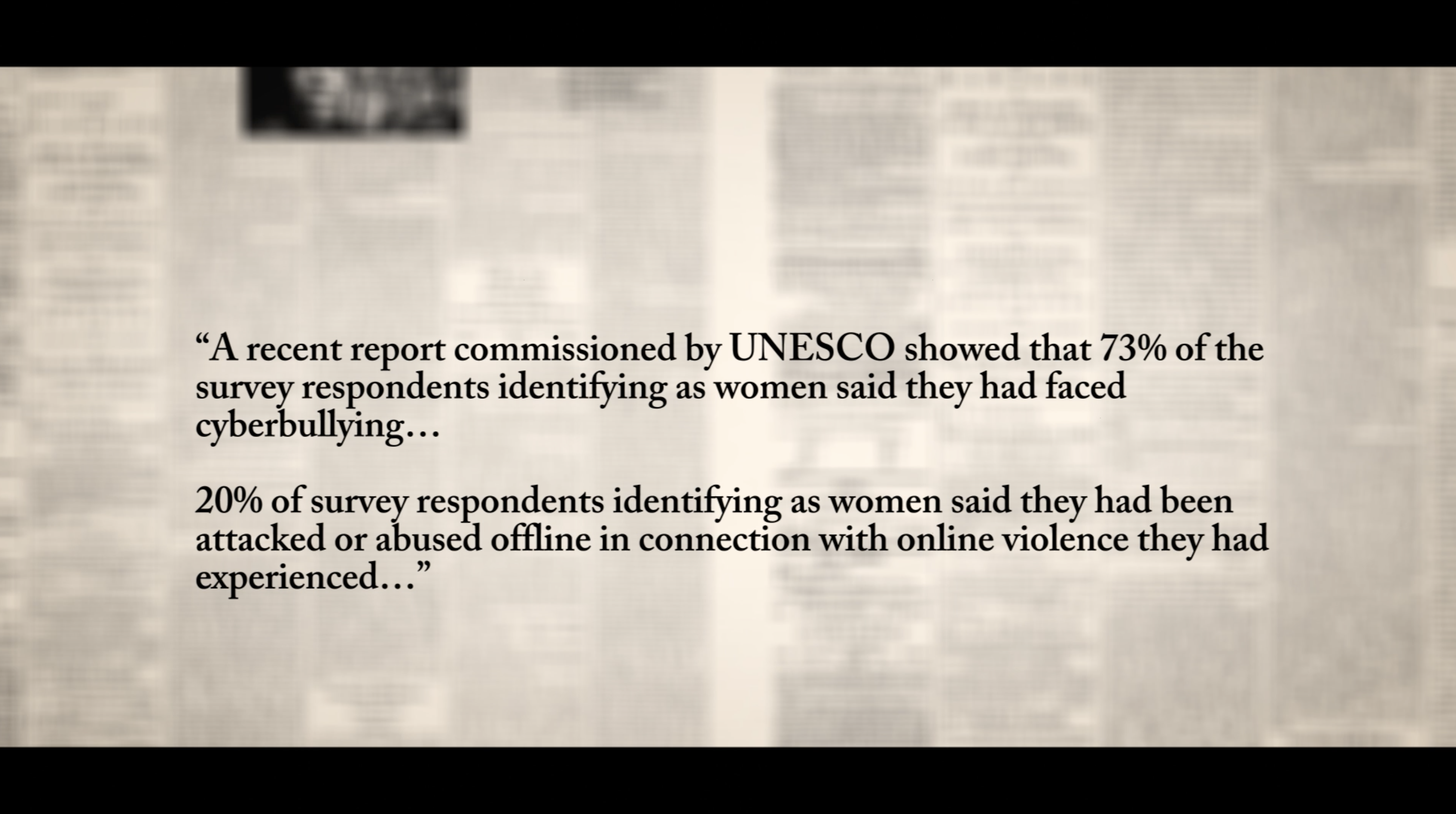
Still of ‘Section 16’. Image: Daily Maverick
Haffajee is well known for her many years of brave investigative journalism. She was instrumental in exposing State Capture and in writing – among many other topics – about the depths of the duplicity of the Bell Pottinger campaign in its efforts to spread fake news and create smear campaigns. In response, she was brutalised on social media platforms which were inundated for weeks with distorted images of her body and face. These included misogynistic images of her as a cheerleader, as a barely clothed dancer, and in the lap of and in bed with the billionaire Johann Rupert. She has also been depicted with pig ears attached to her head, as a cow being milked, and as a dog being walked by Rupert.
Van Wyk was pivotal in exposing the tragedy that made up the VBS scandal. She spent a long time carefully and meticulously tracing the links between VBS Bank and how it had lined the pockets of senior members of the EFF. Van Wyk covered all the bases in showing how money entrusted to the bank by poor, working-class citizens was used to fuel a lifestyle of luxury and lavish spending by senior EFF members. She describes attacks such as the Bell Pottinger ones as being “organised groups who attack us, sometimes using the same sentences with the same spelling mistakes”.

Still of ‘Section 16’. Image: Daily Maverick
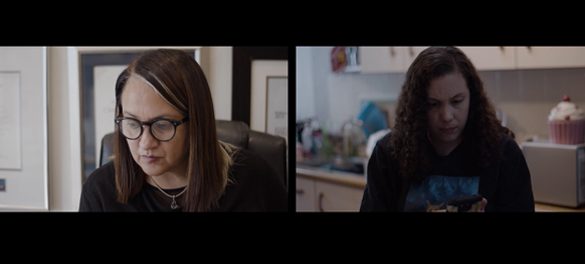
Still of Ferial Haffajee (left) and Caryn Dolley (right) in ‘Section 16’. Image: Daily Maverick
While the attacks are nothing but an attempt to distract the public from the real issues at hand, such as the corruption of public officials, they are still effectively causing harm. In the short film, Haffajee describes how she did not want members of her family to see the attacks. This serves to detract from the content of the work of the journalists and to fuel hostility in ways that “other” them or seek to dehumanise them, such as depicting them as animals. This is what makes the onslaught particularly dangerous – it incites hatred towards these women on the grounds that they are “less than human”.
Van Wyk reminds us that there is a “causality between attacks on social media and what happens in the real world”. In fact, the Unesco study highlighted personal and professional repercussions of the abuse of women journalists – 30% of those who took part in its survey reported that they had self-censored as a result of attacks, and 26% reported that it had affected their mental health.
Section 16 stands out in two ways.
First, the cinematography is adept. It shows images of the journalists in ways that humanise them. We get to see not the person with pig ears, but the human who has a story to tell – one who is sitting in a personal space, has a dog that she is holding, a person who has a history of trying to use her writing to change things. The second way the documentary hits home is to weave together the thread of individual stories to paint a collective picture. It takes the stories of Van Wyk, Haffajee, Dolley and Thamm as individual bits, then joins them into a quartet – a combined story. This opens up the imaginative pathway for us to join their stories to the many other stories of similar abuse in our cities, in our country, and in the world at large.
The South African National Editors’ Forum strongly condemns threats against and intimidation of investigative journalists. Yet, what Section 16 shows is that there is little to no accountability for acts of online violence. This is what the documentary hands to us, for us to think through. What does accountability look like? What should the role of social media platforms like Twitter, Facebook, WhatsApp and Google be? What is our own role as the public at large in condemning such violence and taking a stand for women who are truth seekers? When talking about how she contemplated leaving journalism, Van Wyk asked herself: “If not you, who then? It would be a disservice against our country to not do something.” These words propelled her forward in her job as a journalist. They are the same words we should engage with in thinking about how we cast a safety net around our women journalists – “If not us, who then?” DM/ML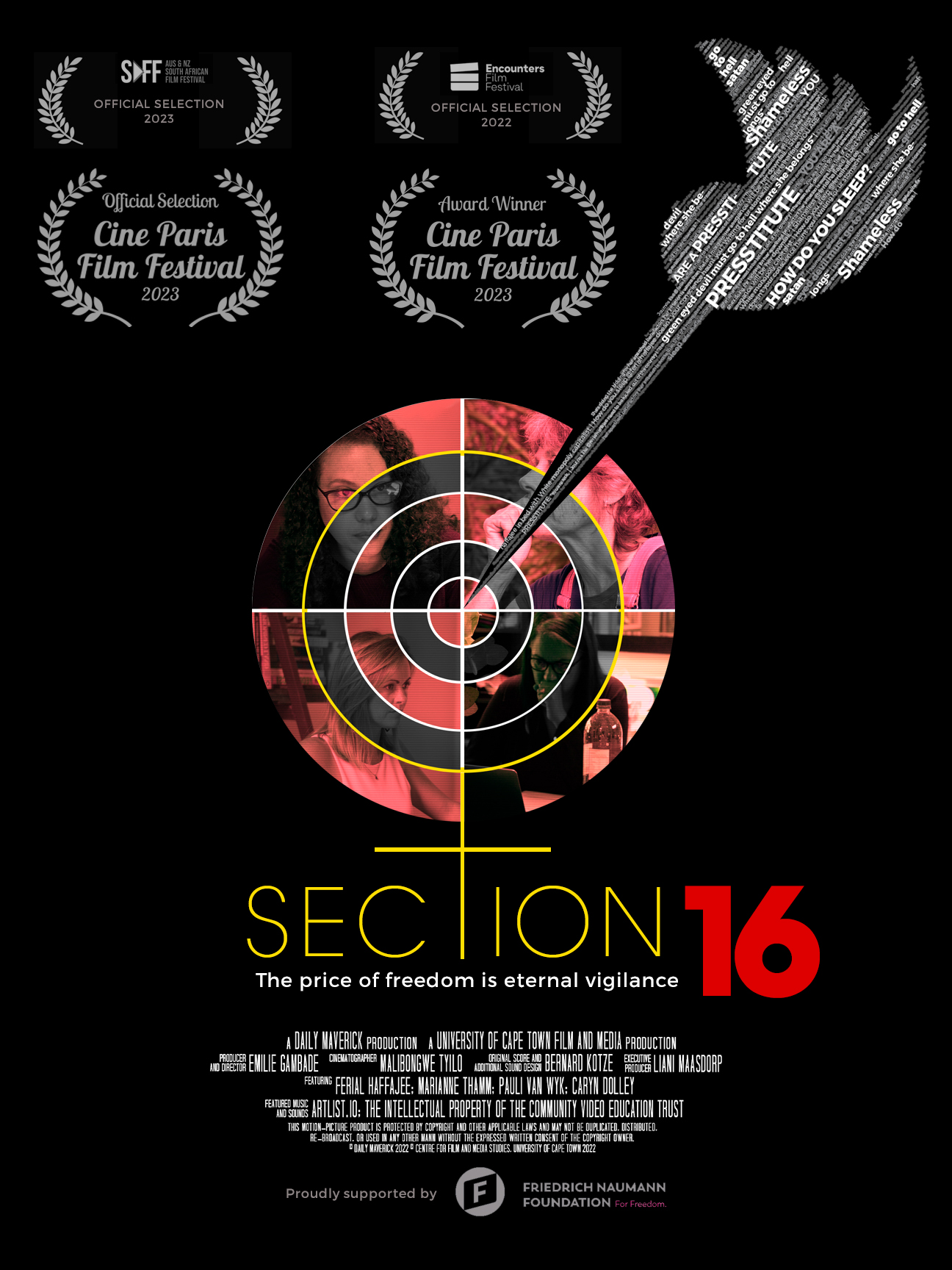
Disclosure: Joy Watson and Emilie Gambade, the director and producer of the film Section 16, know each other personally. The filmmakers and four journalists in the documentary are staff members at Daily Maverick.





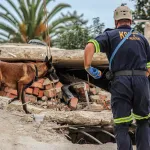
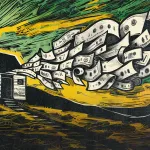









 Become an Insider
Become an Insider
Comments - Please login in order to comment.